The New Face of Hardwood Floors
Photo rights and credit belong to Valinge Flooring and can be found on their website at...

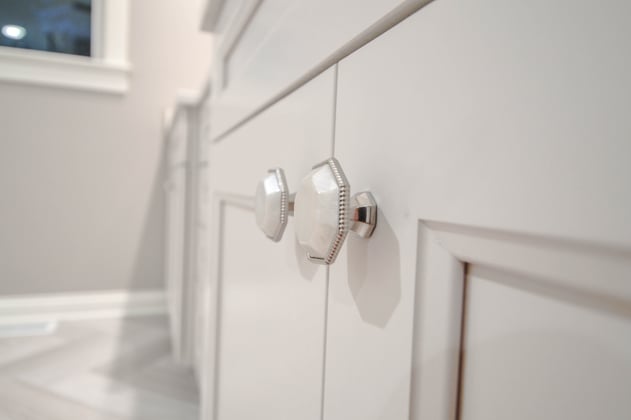
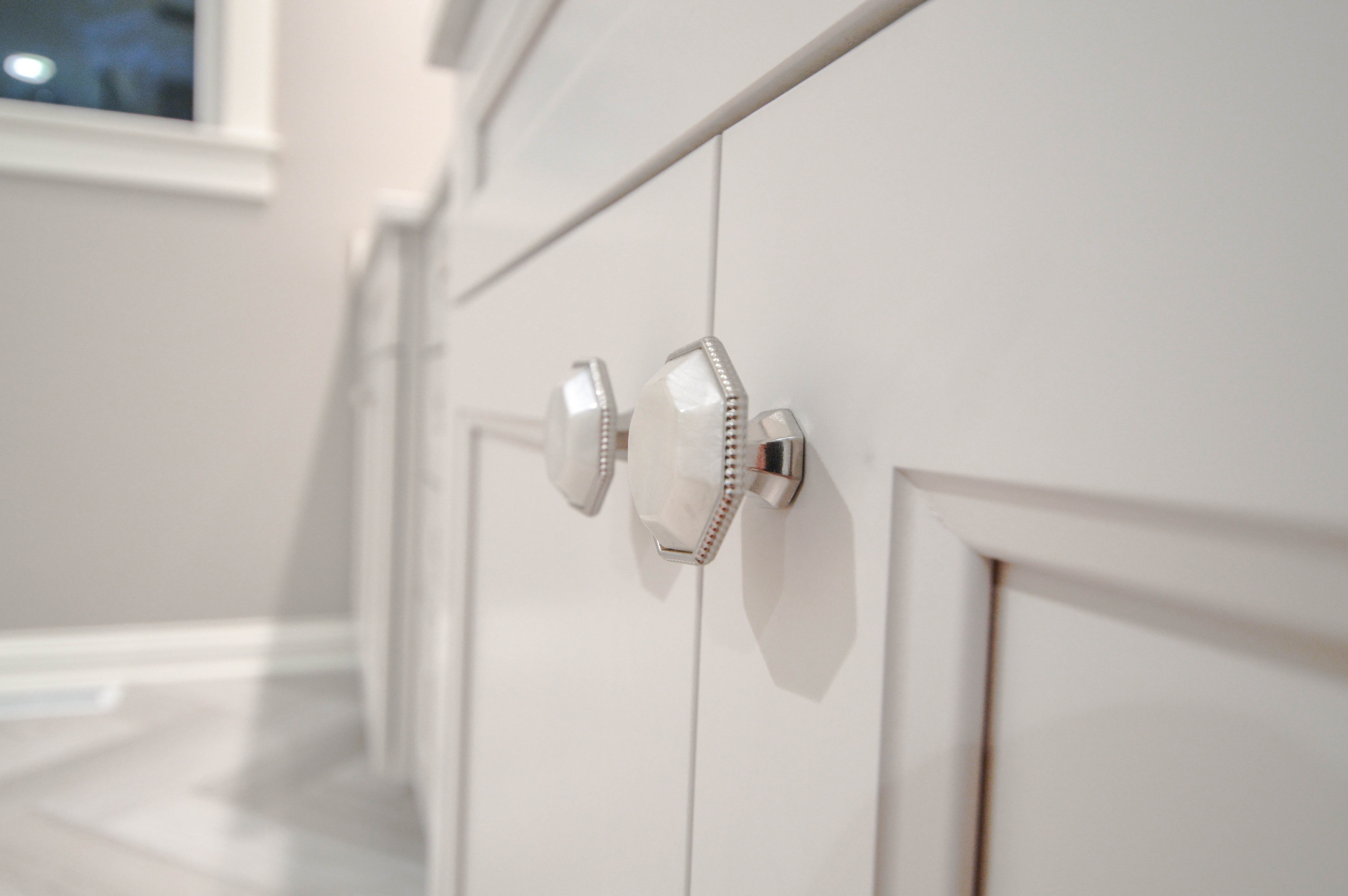
When you walk into a newly remodeled kitchen, often you’re in awe of the perfect trio: countertops, cabinets, and backsplash. After that, you may get an “ooh” over the appliances, and an “ahh” for the flooring. Rarely, however, will the hardware on your cabinets captivate anyone's attention until you either point it out or they grab hold of it to open one of the gleaming, new cabinets. Considering this is such a small detail, you may find yourself questioning if it is even necessary to spend time making this selection. Can you just skip it and leave it solely in the hands of your designer? While doing that would save you from sifting through countless samples and decision fatigue, to sit out of hardware selections completely would be a mistake. Don't worry though! With the help of your designer, you will choose something that captures your personality and ties the whole room together. Perhaps if you go into selections knowing a little bit more about hardware, not only will this decision be easier, but you may be able to master the most complex, but totally optional, aspect of hardware: mixing and matching.
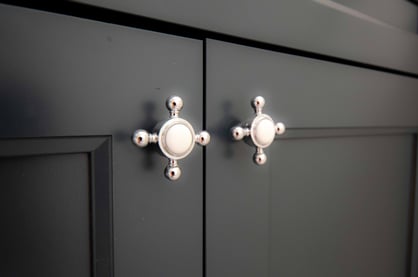
First and foremost, it's important for you to know the specific types of hardware. Although it's pretty straightforward, we've made a simple key for you to reference as needed.
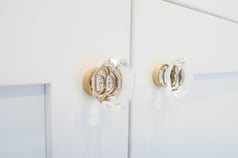 A name most are familiar with, these are the smallest form of hardware. Often, they’re round, but you can also find knobs that are more angular, such as squares. Despite their size, they can still be very detailed and glamorous. A popular knob for those who love bling, is a crystal knob. For our clients who wanted a nautical themed bathroom, they chose knobs that looked like the helm of a ship. All knobs are attached to a cabinet using a single screw.
A name most are familiar with, these are the smallest form of hardware. Often, they’re round, but you can also find knobs that are more angular, such as squares. Despite their size, they can still be very detailed and glamorous. A popular knob for those who love bling, is a crystal knob. For our clients who wanted a nautical themed bathroom, they chose knobs that looked like the helm of a ship. All knobs are attached to a cabinet using a single screw.
Technically, these are a specific type of knob, categorized by its defining T-shape. They tend to be easier to grab due to their shape. However, they can also be overly edgy for some homeowners.
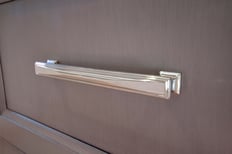 Often used on drawers or larger cabinets, these are another well-known form of hardware. They’re typically shaped like a table and attached with two screws. They vary in length to accommodate different size drawers or tall vertical cabinets. They can be extremely elaborate or super simple. For a contemporary style kitchen, you’ll often see plain bars installed horizontally to give the room the strong line that style is known for utilizing.
Often used on drawers or larger cabinets, these are another well-known form of hardware. They’re typically shaped like a table and attached with two screws. They vary in length to accommodate different size drawers or tall vertical cabinets. They can be extremely elaborate or super simple. For a contemporary style kitchen, you’ll often see plain bars installed horizontally to give the room the strong line that style is known for utilizing.
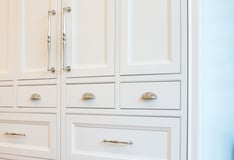 Also commonly found on drawers, these tend to create a cup-like space for you to grab with your fingers. Unlike handles, they aren’t open on the top, therefore creating an awning-like shape.
Also commonly found on drawers, these tend to create a cup-like space for you to grab with your fingers. Unlike handles, they aren’t open on the top, therefore creating an awning-like shape.
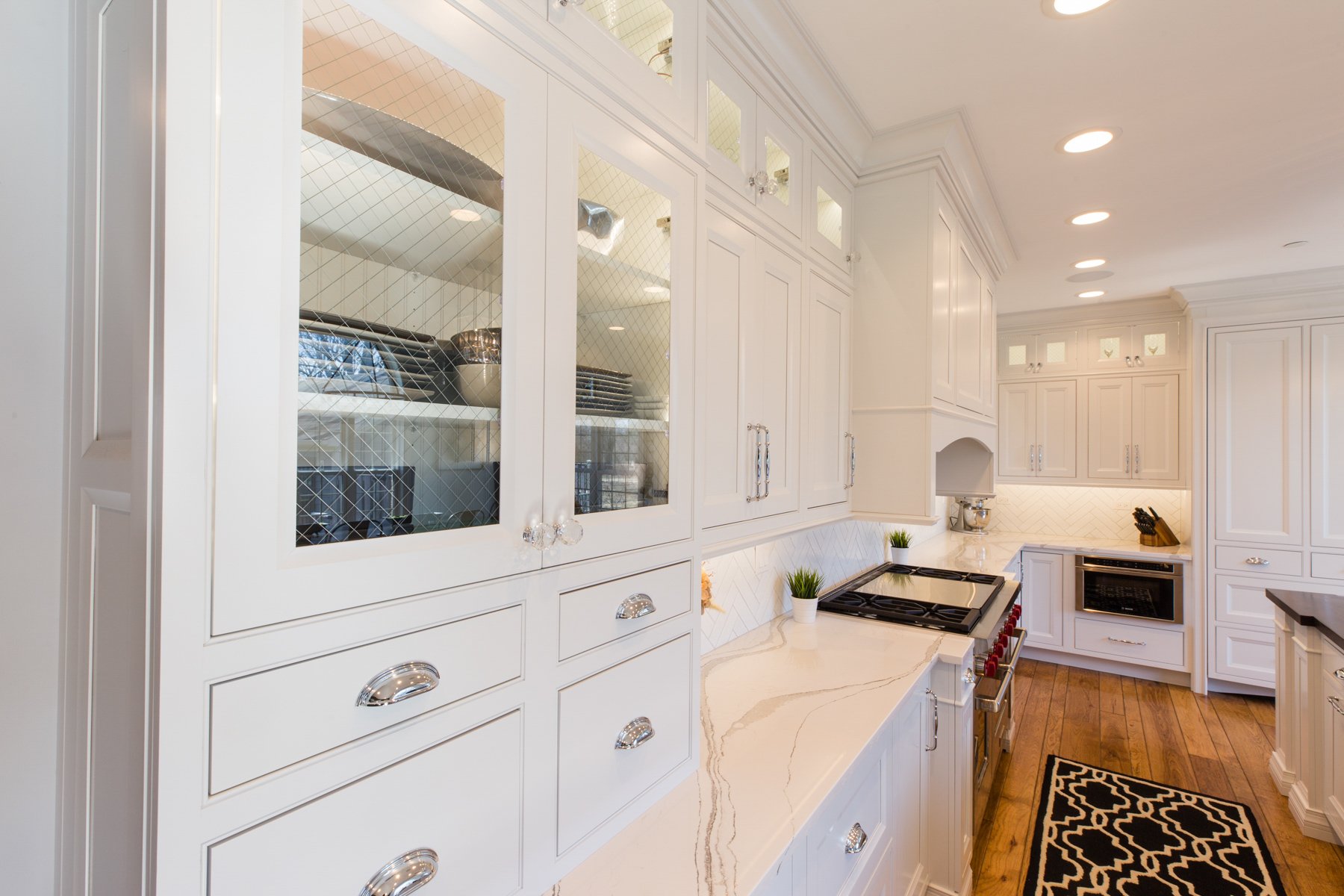
Now that you’ve mastered the vocabulary, it’s time to learn the trick to successfully mix and match. Hardware really does come down to personal taste. For some, you may have always envisioned an orderly, symmetrical kitchen fashioned with consistent hardware throughout, which is great! For others, however, they want to mix and match the type of hardware they’re using. Why? Well, mixing and matching often adds more texture and dimension to a room, while also bringing out the homeowner’s personality in a subtle way. The challenge with mixing and matching is that if it is done poorly, it can ruin the whole space. It could feel chaotic, or create the perception that you are incapable of matching things! This is why there are a few general ways to mix and match hardware.
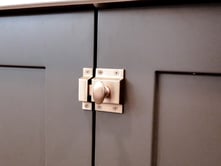 eye to special or unique cabinets. For example, if you have a few glass-fronted cabinet doors that showcase special dishware or pottery, consider adding a special knob, such as crystal, to those doors. Or, if you have two cabinets beneath your kitchen sink, maybe add a unique handle like a latch. It’s a little detail that goes a long way.
eye to special or unique cabinets. For example, if you have a few glass-fronted cabinet doors that showcase special dishware or pottery, consider adding a special knob, such as crystal, to those doors. Or, if you have two cabinets beneath your kitchen sink, maybe add a unique handle like a latch. It’s a little detail that goes a long way. Now that you know the basics of mixing and matching, there are a few other things to consider while making your hardware selections.
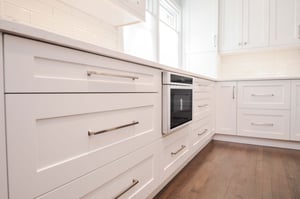 polished nickel. Polished and brushed finishes look very different and will throw off the cohesion of your whole space if you mix the two.
polished nickel. Polished and brushed finishes look very different and will throw off the cohesion of your whole space if you mix the two.Ultimately, your hardware selection is up to you and your taste preferences. Do what you like with the hardware and use it as a way to make the space completely yours.



Photo rights and credit belong to Valinge Flooring and can be found on their website at...


As you stare gleefully at your rich, beautiful hardwood floors, you can’t help but feel proud. As...
Leave a Comment